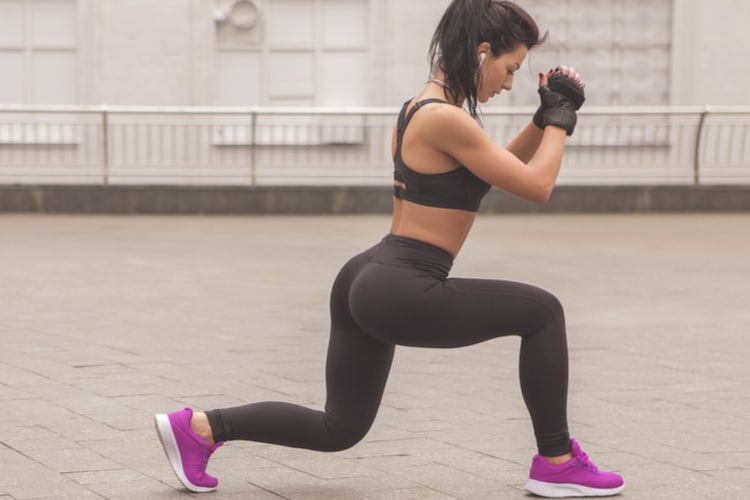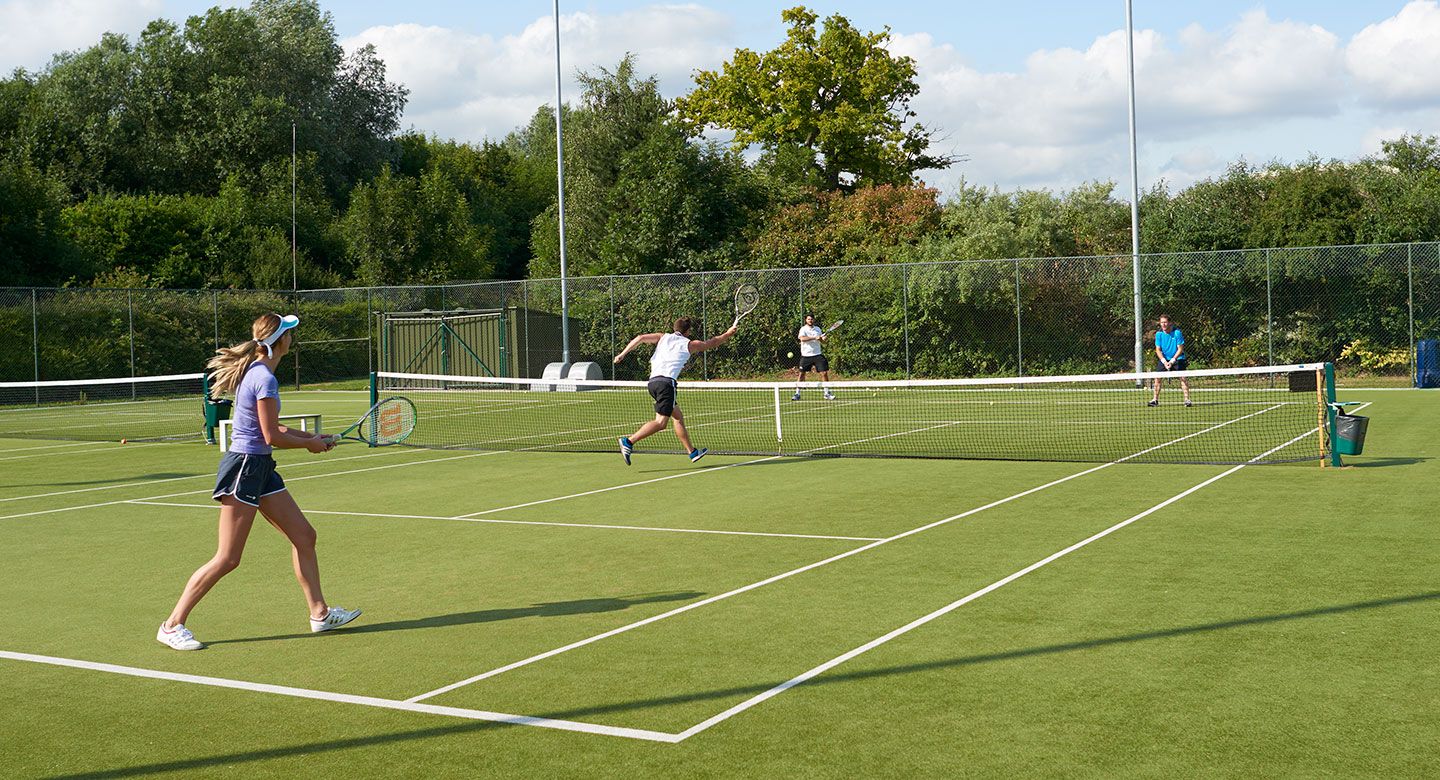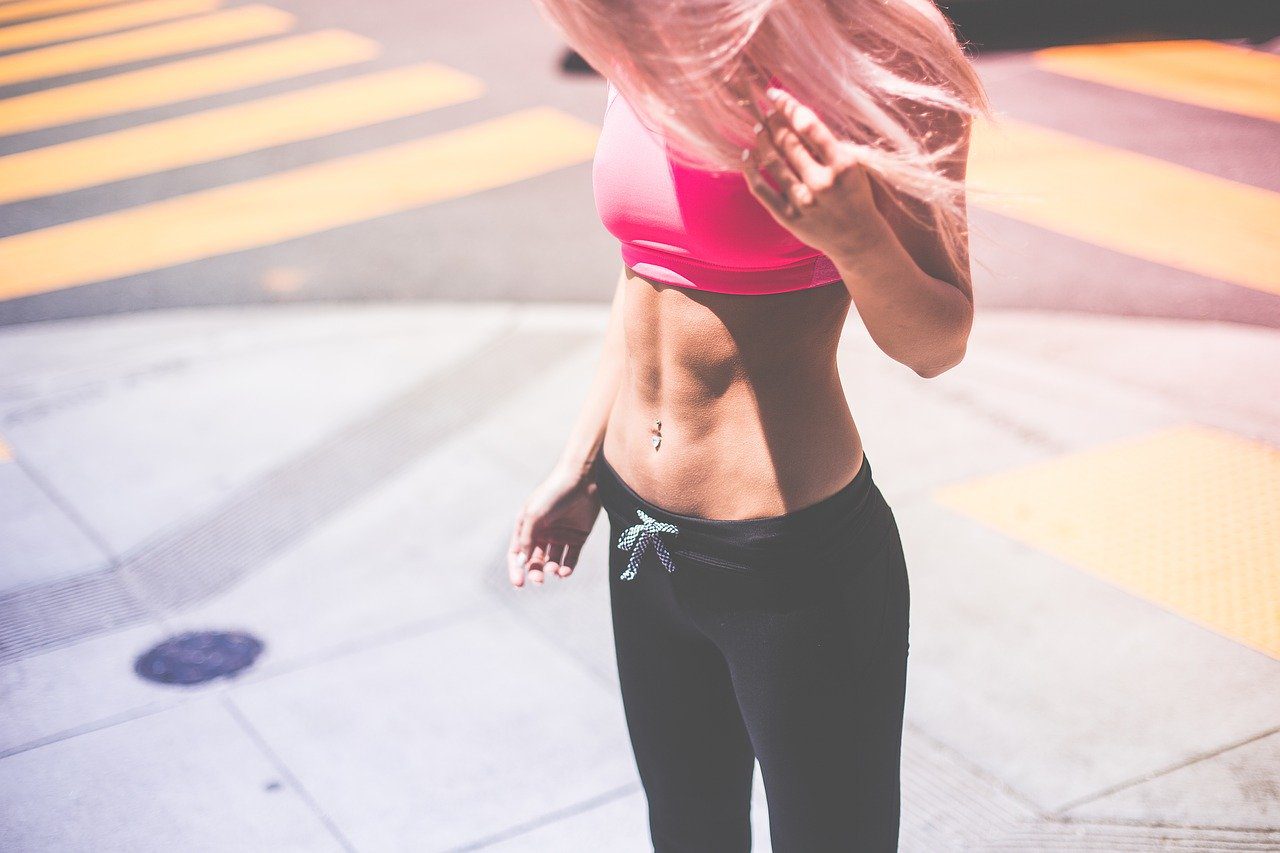Beating the pavement in the heat? Everything you need to know about how heat affects your workout.
During the summer months, working out can quickly become very rough, especially for those of us that live in hot or humid environments. This can be far more than just uncomfortable, however, as there are some real health effects of training in an excessively warm environment. This article will briefly outline why training in high heats may be detrimental to your health and even performance.
Dehydration
The first, and most obvious, concern with heat is a loss of extra bodily fluids. Everyone knows that sweating removes water from the body and this is one way of losing bodily fluids. However, increased respiration associated with working out in hot climates will also reduce the amount of water your body has to regulate itself whilst you put it under stress.
Dehydration is a serious health concern and has been associated with a variety of problems. For example, in American Football or Mixed Martial Arts, competing in higher heats or under dehydrated conditions is associated with an increased chance of serious concussion and brain damage. This might not be a huge concern if you’re simply jogging to stay in shape, but it shows that dehydration puts us in a very vulnerable position.
Sweating doesn’t just mean dehydration, however, it means a loss of seriously important isotopes from the body. Simply put, when we sweat we don’t just lose water – we also lose a variety of essential vitamins and minerals in the form of salts in sweat. This sounds gross, but these compounds are essential for proper health and if we do not replace them we will place extra strain on the organs of the body. Dehydration itself will stress the internal organs and a reduction in these essential nutrients will only increase the chances of causing more damage.

Finally, the mixture of both dehydration and the loss of important nutrients will change the way that the body and the muscles, in particular, perform. Sweating releases a huge amount of potassium from the body through the skin – the problem with this is that the body requires potassium for a variety of processes, including the removal of lactic acid from the muscles.
When we are dehydrated, this is far more difficult for the body and we are at a much higher risk of cramp and injury in the short term. In the long term, if we do not replenish our fluids and salts, we are going to struggle to recover. Recovery is one of the most important factors in progress from session to session and the impact of dehydration on this process can show up in failures to improve over time!
Oxidative stress, mitochondria and heatstroke
Beyond simple dehydration, it is important to consider oxidation and the generation of free radicals during intense exercise and the way that this is affected by heat. When we perform long bouts of exercise, such as long-distance running, we generate a variety of free radicals in the body which break down cells and have detrimental effects to all the tissues of the body.
When we perform this exercise in heat, we are likely to accelerate this process: even with proper rehydration strategies, the demands placed on the body by running, rowing or cycling long distances in high temperatures will exaggerate the effects of this process. In other words, excessive heats will increase the breakdown of essential tissues and degradation. This can be repaired in the short term, but can have disastrous long-term effects if not properly controlled.
Initial research also suggests that the mitochondria, the “powerhouse of the cell”, is damaged through this process. All muscle cells are fueled by the mitochondria, which turns glucose into ATP (the fuel for muscle action) and they are already stressed heavily by extended exercise. Mitochondrial function has been shown in lab experiments to be heavily influenced by temperature.
In high temperatures, they become susceptible to dysfunction – this means that the powerhouse of the cell is no longer running at 100%. This is going to mean 2 things for your workout: firstly, you’ll not perform as well because the systems you’re relying on for performance are dysfunctional, and secondly it means that you’re going to feel worse afterwards because you’ve placed extra stress on the body and its tissues.
One of the most overlooked aspects of training in the heat is the simple danger of heatstroke. Whilst many people consider this a problem for children who have been playing outside for too long, it is still a huge concern for adults who enjoy exercising outside. Developing heatstroke is often associated with nausea, headache, dizziness and poor balance.
We are more likely to suffer from this during intense exercise and these symptoms are guaranteed to negatively affect performance and ruin any positive benefits that a workout might have. After all, it’s hard to make the most of your run if you’re throwing up or struggling to keep balance!
Sunscreen, clothing and eye strain

One of the obvious problems with exercising in the heat is the amount of sunburn that you can achieve if you’re exercising outside in clothing such as shorts or vests. As ever, sunscreen is important – when running or cycling, for example, the breeze of movement will make it very easy to forget that your skin is slowly taking damage. Take care to apply sunscreen at regular intervals through the day and remember to take breaks in the shade rather than in the sun – there are few things as nice as a nap on the grass after a long run, but there are few things worse than blistered skin and greasy after sun!
Eye strain is perhaps not something we would readily associate with hot weather but intense glare on a hot day can easily cause a host of problems in the head. Eye strain is one of the main causes of severe migraines and cluster headaches – these are incredibly unpleasant sensations and they are easily avoided. Carrying sunglasses or running with a cap to provide the eyes with some shade is an essential for long-duration exercise on hot, sunny days. A splitting migraine is not going to help you beat PRs and a pair of sunglasses might make you look like a tool but they’ll keep you safe, healthy and pain-free whilst you exercise.
Clothing in general should cover areas such as the shoulders, without being excessively heavy or tight. Tight clothes, sweat and repeated movements do not go together well: anyone who has performed long-distance running, cycling or rowing will be able to tell you about the intense discomfort associated with chafing. When we are working out in hot environments, the odds of painful friction is increased – be sure to wear loose-fitting fibers that are comfortable and do not produce unnecessary friction on the skin. Synthetic, purpose-built activewear can really make a difference here and it will keep you cool whilst you exercise!
Heat comes and goes – nobody is expecting you to stop training for the whole summer. However, taking some small precautions can really improve the way that your workout goes and will stop you from suffering a variety of unpleasant side effects. Stay hydrated – preferably with an isotonic drink – dress accordingly and take care to avoid sunburn and heat stroke. Training smart is essential in the heat and showing restraint, rather than pushing the intensity, can save your health and performance in the long run.
Source: Forhealthmatters.com


